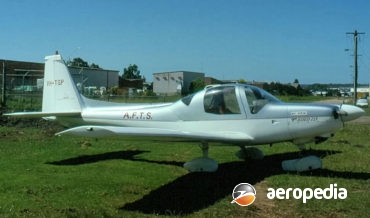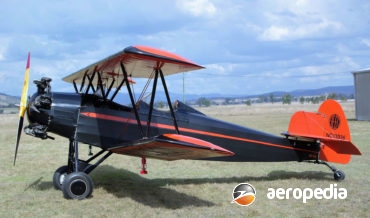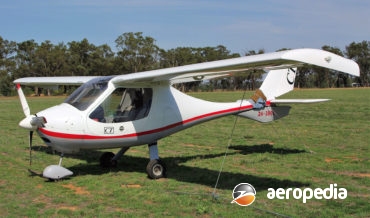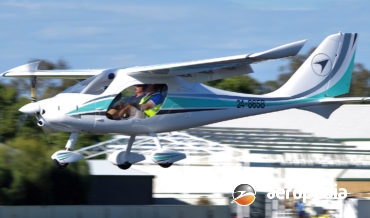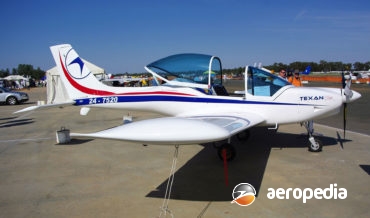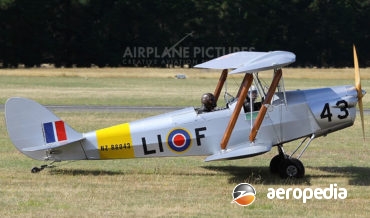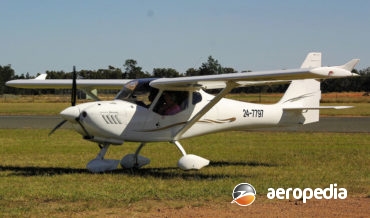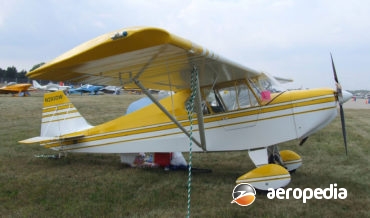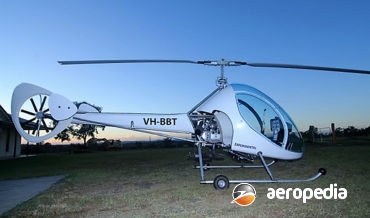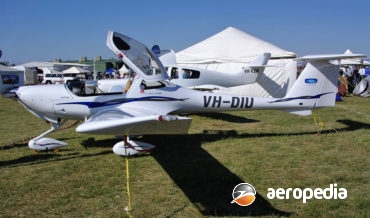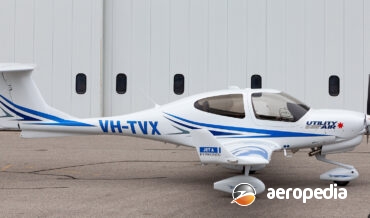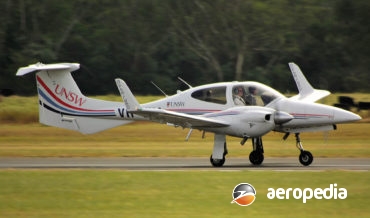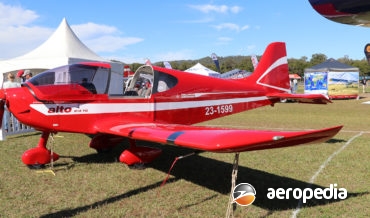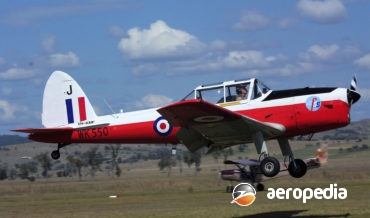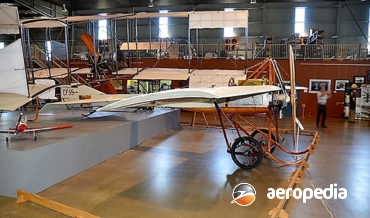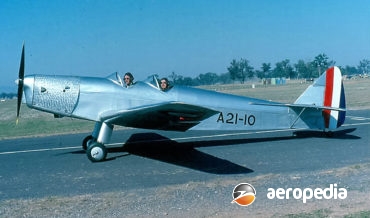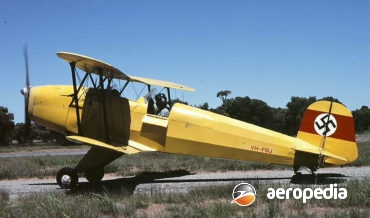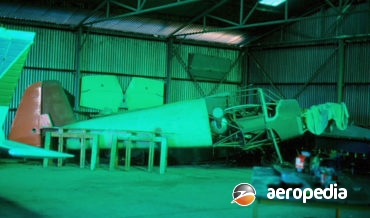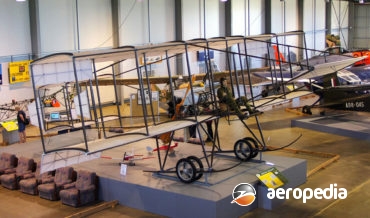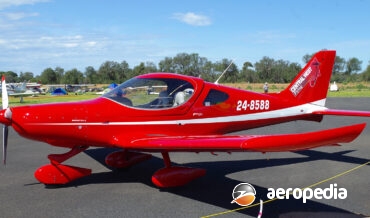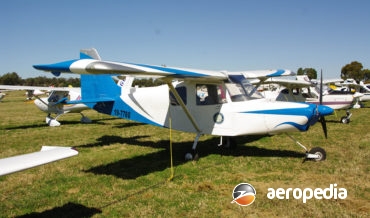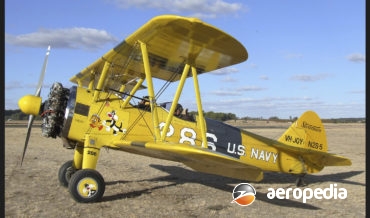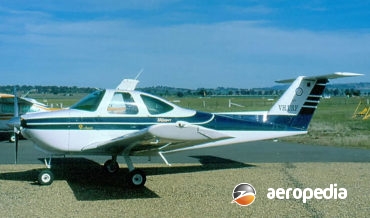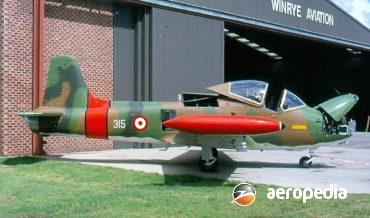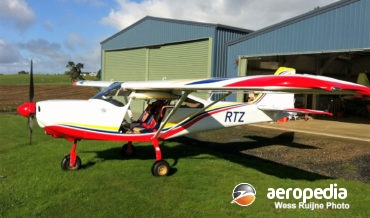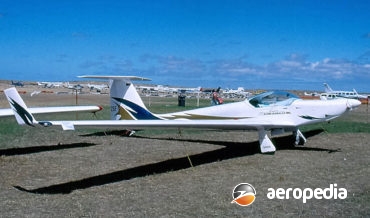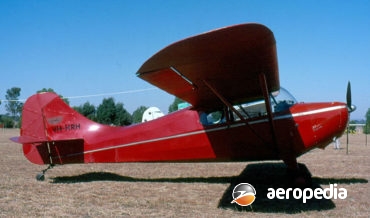All Contents
Contents
The G-115 was one of the first aircraft to achieve full certification and go into full production that was constructed of glass-fibre reinforced plastics (GFRP).
David C. Eyre
- May 8, 2019
The Fleet trainer series, which received its name from Major Reuben H Fleet, evolved from the Consolidated Model 14 Husky Junior which was fitted with an 82-kw (110-hp) Warner Scarab engine
David C. Eyre
- May 8, 2019
The CT2K, initially known as the Pegasus CT2K, is one of a new breed of light aircraft being developed around the world to meet new regulations for light aircraft which may be operated under ultra-light/microlight rules or can comply with normal registration requirements
David C. Eyre
- May 8, 2019
The Fly Synthesis Syncro is one of a series of light aircraft produced in Italy for the light aircraft market and was introduced at the 2009 Aero Show at Friedrichshafen, being supplied only as a complete and ready-to-fly aircraft
David C. Eyre
- May 8, 2019
The Texan is a light sporting aircraft built by Fly Synthesis in the Czech Republic and is produced in two basic variants, the Texan TC with a fixed tricycle undercarriage, and the Texan RG, the same aircraft with a retractable undercarriage operated by compressed air, but with a manual override
David C. Eyre
- May 8, 2019
The R-80 is an 80% scale replica of the de Havilland DH-82A Tiger Moth manufactured and marketed in kit form by Fisher Flying Products of Edgeley, North Dakota
David C. Eyre
- May 8, 2019
The FK-9 series is produced in a number of models to meet customer requirements in Germany and the type has been distributed in this region by Silent Wings Aviation
David C. Eyre
- May 8, 2019
The Dakota Hawk is a two seat-side-by-side light aircraft produced by Fisher Flying Products of Edgeley, North Dakota in kit form
David C. Eyre
- May 8, 2019
Dynali was formed in the early 1980s, the company being formed by Jacques Tonet in Belgium as Dynali, later becoming Dynali Helicopters.
David C. Eyre
- May 8, 2019
The DA-20 series was introduced to the Diamond range of training aircraft, being a two-seat trainer aimed at the market for trainers before the DA-40 and DA-42 aircraft.
David C. Eyre
- May 8, 2019
As noted in the Diamond DA-40 article, the DA-40 series has continued to be developed by the manufacturers and has become very popular around the World in the training role.
David C. Eyre
- May 8, 2019
In August 2008 Diamond announced it was introducing two new models of the Twin Star, the first being the DA-42-NG with 120-kw (170-hp) turbo diesel engines, and the DA-42-L360 with normally aspirated Lycoming IO-360 engines, the latter being specifically aimed at the US market.
David C. Eyre
- May 8, 2019
The Alto is a two seat training and sport aircraft built in the Czech Republic and has become available in three main versions, the Alto TG with a tricycle undercarriage;
David C. Eyre
- May 8, 2019
The prototype Chipmunk (CF-DIO-X), which was designed by W J Jakimiuk for de Havilland Canada, was flown for the first time on 22 May 1946.
David C. Eyre
- May 8, 2019
Armand Deperdussin, who founded the Societe pour les Appareils Deperdussin in 1910, obtained the services of Mr Berchereau as chief designer to develop a series of aircraft.
David C. Eyre
- May 8, 2019
Designed as a successor to the Moth biplane series of light aircraft, the Moth Minor had a similar performance to the Tiger Moth, although it had far less power.
David C. Eyre
- May 8, 2019
On 27 April 1934 the prototype of the Bu 131A Jungmann (D-1350), designed in 1933 by Anders Andersson and Carl Bucker, powered by a 60-kw (80-hp) Hirth HM60R four-cylinder engine, was flown for the first time at Johannistal near Berlin, Germany.
David C. Eyre
- May 8, 2019
The Bu 181 series was designed as a sports and touring aircraft, the prototype flying for the first time in February 1939.
David C. Eyre
- May 8, 2019
The Boxkite was designed by George Challenger and built by the British & Colonial Aeroplane Co in 1910.
David C. Eyre
- May 8, 2019
This series of light aircraft was designed by BRM Aero Sro in the Czech Republic to meet world LSA regulations, and is aimed at the flight training school, glider towing and recreational flying markets. It is built in a number of models, the NG-5 series being supplied as the Bristell
David C. Eyre
- May 8, 2019
In 2009 Brumby aircraft of Cowra, NSW announced it was to build and market a high wing model of his successful Brumby low wing monoplane, the latter becoming known as the Model 600 and the new model became known as the Brumby High wing 610 LSA, the partially completed prototype
David C. Eyre
- May 8, 2019
In 1934 the Stearman Aircraft Company became a subsidiary of Boeing, and in that year placed in production its Model 73, a derivative of the Stearman Model C series of biplanes.
David C. Eyre
- May 8, 2019
The Skipper was designed by Beechcraft to meet the needs of aero clubs throughout the world for a light trainer with around 75-kw (100-hp), with good economy of operation, and the capability of using lower octane fuels.
David C. Eyre
- May 8, 2019
The Hunting Percival Jet Provost was developed as a private venture from the piston-engined Provost and was flown for the first time on 26 June 1954.
David C. Eyre
- May 8, 2019
Agrocopetros LTDA was founded in Colombia in 1971 by Maximo Tedesco to design, manufacture and market ready to fly light aircraft in South America.
David C. Eyre
- May 8, 2019
The Ximango series has been produced by Aeromot Industries Mecamco Metalurgca LTDA in Brazil, which for a time produced the French Fournier RF-10, production rights for which had been obtained in 1985.
David C. Eyre
- May 8, 2019
he Aeronca Chief was introduced to the Aeronca Aircraft Corporation of Middleton, Ohio, range of aircraft in 1946 and was a development of the Model 7 Champion, varying mainly in having a wider fuselage to accommodate two persons side-by-side in lieu of in tandem.
David C. Eyre
- May 8, 2019
Recent Comments
Archives
Categories
- No categories
Categories
- No categories
Latest Posts
Newsletter

